Tracing the Evolution of Combat Mechanics in the Assassin's Creed Series
Nov-10-2024
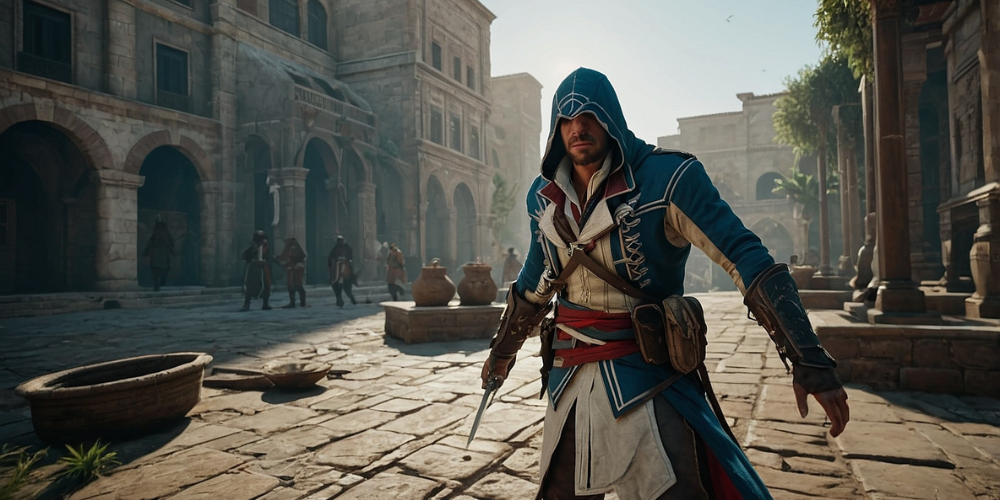
As I embarked on my adventure through the sprawling universe of the Assassin’s Creed series, I found myself captivated not just by the narrative but by the evolving combat mechanics. Each installment presents a distinct approach that reflects the developer's desire to enhance player engagement while maintaining the core themes of stealth and strategy. My exploration of this franchise has led me to witness firsthand the transition from simple brawls to intricate and rewarding combat systems.
The Genesis: Assassin’s Creed (2007)
Returning to where it all began, I recall the simplicity of the initial combat mechanics. In the early days, I was armed with rudimentary attacks and counters. It was straightforward: light and heavy attacks, with a heavy reliance on timing and counter-attacks. The mechanics were almost minimalist, allowing me to engage with NPCs and guards without overwhelming complexity. It was a refreshing experience, focusing more on stealth and parkour, leaving me to enjoy the art of the assassin’s craft.
Building Momentum: Assassin's Creed II (2009)
As I delved into Assassin's Creed II, I felt the combat evolve brilliantly. The introduction of combos breathed new life into combat scenarios. This system provided a vibrant whirl of different moves depending on the weapons equipped. The fluidity encouraged me to experiment with different tactics instead of relying heavily on counter-attacks. I was now part of a dance of blades, where each action felt harmonious and rewarding. The historical context embraced Italian Renaissance elements, adding an artistic flair to my endeavors.
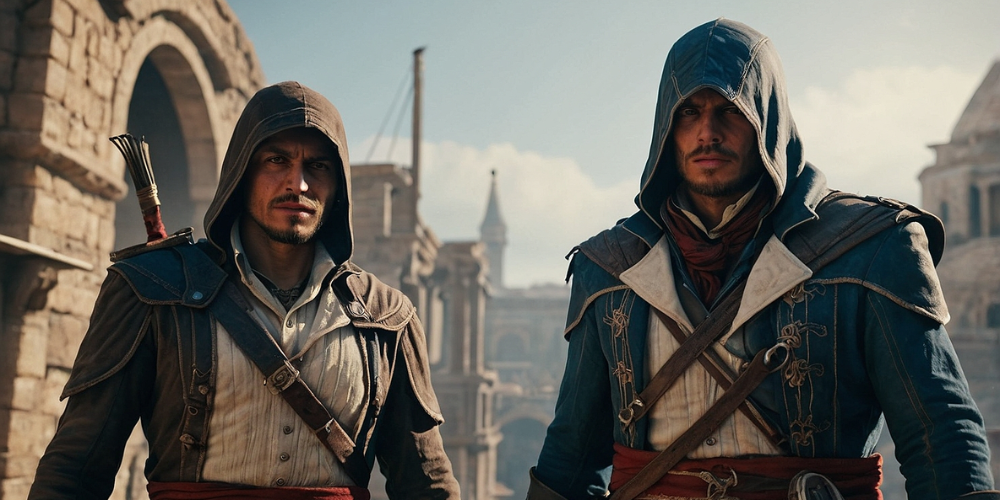
The Inclusion of Ranged Combat: Brotherhood and Revelations
As I ventured into Brotherhood and Revelations, I realized combat was no longer confined to melee. The addition of ranged combat significantly impacted my strategies. The crossbow and pistol became essential tools, allowing me to take down enemies from distance. This shift invited me to blend stealth with direct confrontation, enhancing the way I approached each mission. Reconnaissance before entering combat became crucial, as every arrow could change the tide of battle.
The Brotherhood Effect: Enhancing Cooperative Tactics
Brotherhood also introduced the concept of recruiting allies. I remember feeling like a commander, orchestrating a small army of assassins. This mechanic not only enhanced my experience in combat but also added a layer of strategy I had not previously encountered. The ability to call upon my recruits at crucial moments made me feel like I had a tactical advantage, enhancing my immersion in the role of an assassin leader.
Fighting through History: Assassin's Creed III
In Assassin’s Creed III, I was introduced to a robust new engine that reshaped the combat experience once again. The fluidity in animations and the feedback from each hit made battles feel impactful. From the brutal hand-to-hand combat to the intricate use of my new tomahawk, each encounter took on a unique rhythm. The historical context of the American Revolution further enriched each fight, as I felt like a participant in meaningful events.
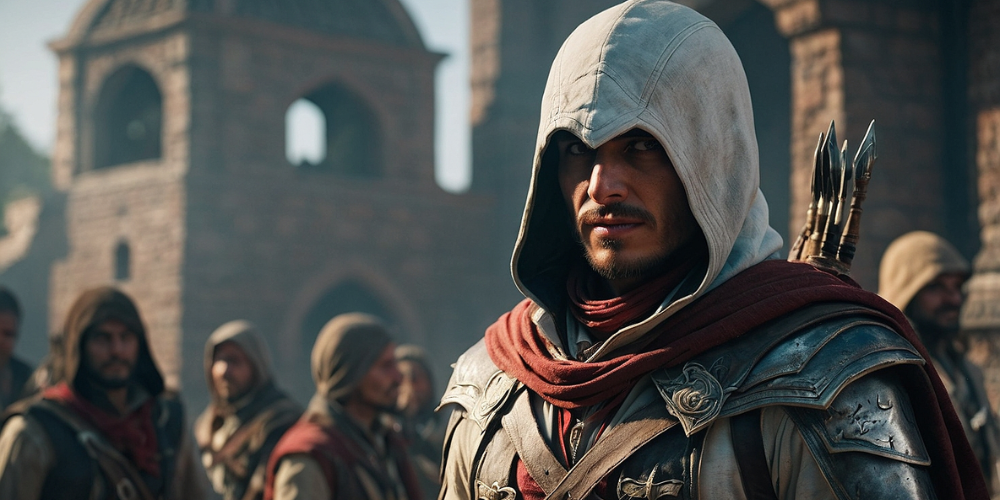
The Revolution in Navigation: Assassin's Creed IV: Black Flag
Black Flag marked a significant watershed moment for the series with its naval combat. While I navigated the high seas as the enigmatic pirate Edward Kenway, combat had transformed yet again. The integration of ship battles meant that combat mechanics had to adapt to different terrains and tactics. I had to consider ship positioning, broadside attacks, and wind direction, transforming how I approached maritime encounters. It was a thrilling merge of exploration and conflict.
Back to Basics: Assassin's Creed Rogue
Rogue brought me back to the roots of the series, yet it still maintained an impressive combat system. Playing as a Templar, I found myself experiencing a twist on familiar mechanics. The addition of new tools, such as the rope dart, created new opportunities for combat and stealth. The game reminded me of the importance of adapting my strategy based on the role I assumed; it was pivotal in engaging with the story as well as in combat.
Origins of Evolution: Assassin's Creed Origins
When I approached Assassin’s Creed Origins, I noticed a striking departure in combat. The switch from one-dimensional combat mechanics to an RPG-inspired system was a bold move that defined my gameplay experience. I was now evaluating weapons and abilities, engaging in RPG elements like leveling up my character and adapting my loadout for specific encounters. The introduction of a more immersive system with a focus on stamina and different attack styles drastically changed how I approached combat.
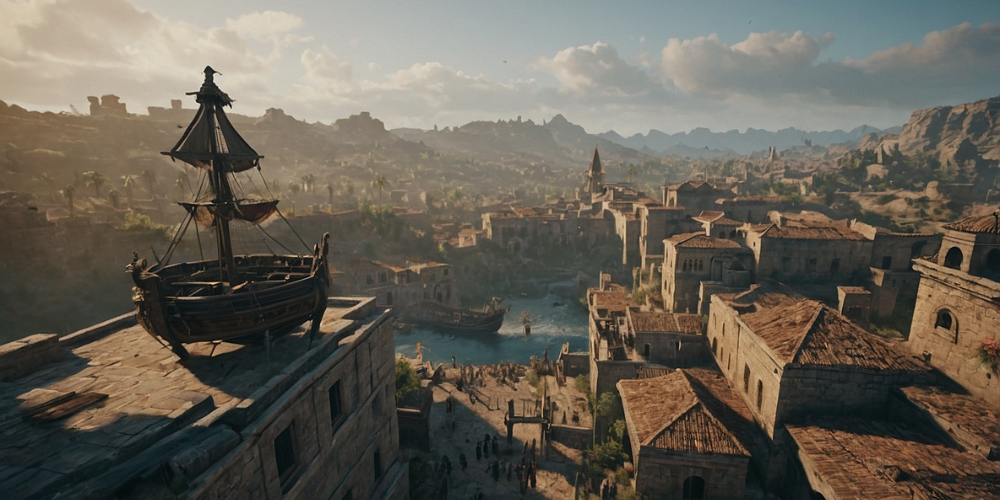
New Worlds: Assassin's Creed Odyssey
With Odyssey came another evolution, as I was thrust into the world of ancient Greece. The combat system expanded further; now, skills could be unlocked that defined not only my playstyle but also the direction of the narrative. I felt empowered to blend combat with stealth, choosing to engage head-on or to eliminate foes quietly. The addition of multiple combat styles and a vast array of weapons allowed me to personalize my journey, molding my character to my preferences.
Valhalla: The Apex of Combat Mechanics
Assassin's Creed Valhalla represented the climax of mechanics I had been experiencing. The dual-wielding feature gave my character a fresh identity; I was no longer limited to one weapon type. I could craft unique combinations that suited my combat style, whether I preferred brute force or finesse in my approach. The sophisticated parry and block mechanics added depth, making each encounter feel like a chess match against formidable foes.
Stealth Reimagined: The Importance of Choices
Throughout this evolution, I recognized that stealth mechanics also shifted significantly. No longer was stealth solely about waiting for the perfect moment to strike. Now, elements such as distraction techniques, environmental interactions, and social stealth provided versatile options for approaching conflicts. My choices in how to deal with foes multiplied, creating more immersive and varied gameplay. The inherent tension of sneaking past guards added a layer that drew me deeper into the experience.
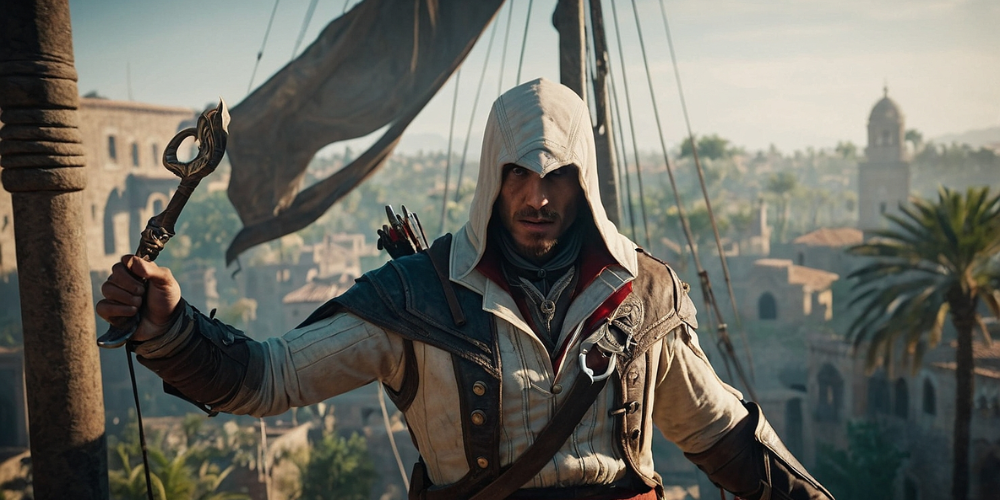
Magic Within Combat: The Role of Abilities
Another element that became apparent over my journey was how abilities infused a mystical quality into combat. From the deadly sword dances of the Assassins to the supernatural abilities tied to the Templars, each fight now had an added sense of drama. I often felt empowered by the unique skills unlocked through progression, making each battle feel epic in scale. The choices I made in ability selection directly influenced my overall combat strategy, fostering a sense of customizability.
The Blend of Historical Accuracy and Fantasy
Reflecting on the series, I cannot ignore how the combat mechanics are firmly steeped in a blend of historical accuracy and fantasy. The weapons, clothing, and fighting styles often reflect real practices from the periods explored. However, the liberties taken with supernatural abilities and stylish methods of attack offer a unique flair. The tension between realism and fantasy kept me deeply engaged, as I lived through times and places that bore both the scars of history and the elegance of artistry.
Final Thoughts on a Journey Through Combat
As I traced the evolution of combat mechanics across the Assassin's Creed series, I found more than just changes in fighting styles. This journey has been a reflection of storytelling, character development, and player engagement. Each game has built upon its predecessor, enriching an already vibrant world teeming with history and lore. My passion for exploration and engagement continues to thrive as I eagerly await the next chapter in this evolving saga.







